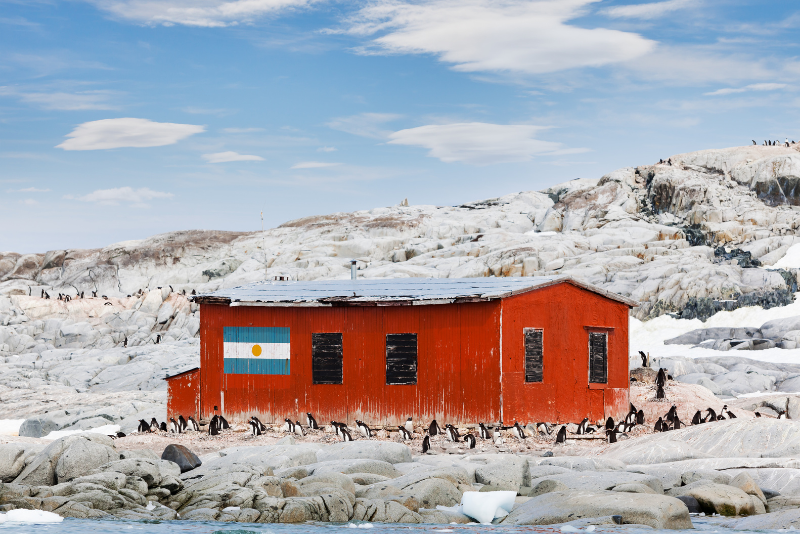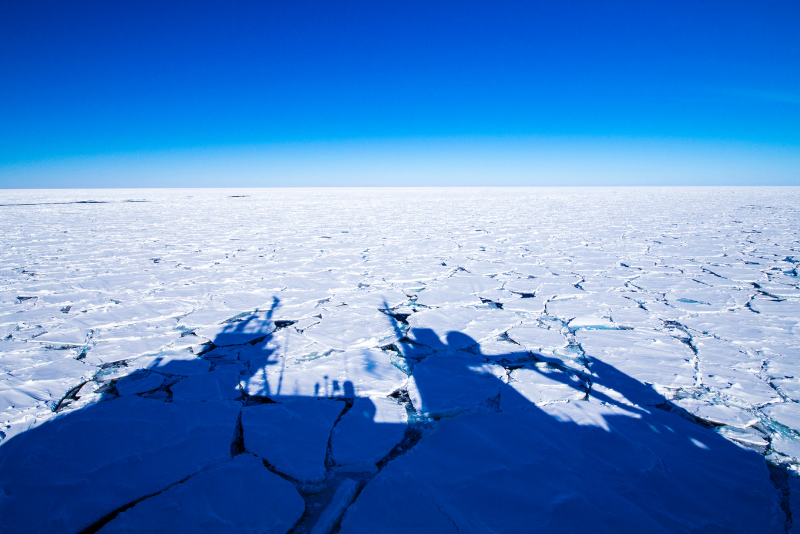Antarctica is a challenging and unforgiving environment. Amidst its breathtaking landscapes, researchers from around the globe embark on scientific expeditions to unravel the mysteries hidden beneath the ice. In this extreme and isolated setting, survival isn't just about battling the cold; it's about conquering the relentless challenges that Antarctica throws at those who dare to study its secrets.
Life in Antarctica is not for the faint of heart. Researchers willingly subject themselves to months of isolation, extreme weather conditions, and a landscape that is both stunning and harsh. The pursuit of knowledge, however, drives these individuals to endure and thrive in one of the most inhospitable environments on Earth.
While the Antarctic Treaty prohibits the establishment of permanent buildings, it allows for the presence of research stations to support scientific research and international cooperation, provided that they adhere to strict environmental regulations and are used exclusively for scientific purposes
Seventy permanent research stations are located in Antarctica, representing nearly 30 countries from across the world. Many of these operate year-round, while some only operate in the summer when the weather conditions are better and also tourists can visit Antarctica on dedicated expedition cruise ships.
At that time of year, you might find up to 5,000 people populating Antarctica; that drops to only about 1,000 people during the winter. Along with researchers are the drivers, mechanics, cooks, and others that support them.
Survival Strategies

Source: Canva
The survival of researchers in Antarctica is a testament to human ingenuity and resilience. Here are some of the key strategies employed to conquer the challenges of this frozen frontier:
- Specially Designed Research Stations: Antarctic research stations are marvels of engineering, equipped to withstand sub-zero temperatures and fierce winds. These stations serve as both laboratories and living quarters, providing researchers with a sheltered environment to conduct their experiments. These are not necessarily always comfortable lodgings. Dormitories, tents, or spaces on research ships can be cramped, often including several people in the same quarters. But they provide adequate protection to survive the intense weather.
- Cold-Weather Gear: Antarctic researchers don't just throw on a thick jacket and call it a day. They are equipped with state-of-the-art cold-weather gear, including insulated clothing, high-tech boots, and specially designed gloves. Layering is crucial to staying warm in temperatures that can plummet well below freezing.
- Isolation Management: Living and working in close quarters with the same group of people for extended periods can be challenging. Antarctic researchers are trained to manage isolation effectively, fostering strong team bonds to overcome the psychological toll of isolation. Many of the research stations are like small towns, and because the station is a temporary home for everyone who is there, they keep each other company during the hours when they are not at work, playing games, watching movies, or enjoying a meal together. These days, researchers can also rely on messages and video calls to keep in touch with friends and family back home.
- Adaptable Schedules: The extreme conditions in Antarctica can disrupt even the most carefully planned schedules. Researchers must be flexible, adapting to weather changes, unexpected challenges, and the unpredictable nature of Antarctic exploration. They take precautions, such as taking emergency tents with them when out in the field in case the weather turns quickly and they are stranded because of snow, wind, or fog.
Daily Life in Antarctica
Beyond survival strategies, daily life for researchers in Antarctica is a unique and awe-inspiring experience.
During the Antarctic summer, researchers experience the phenomenon of continuous daylight. This presents a surreal environment where time seems to lose its conventional meaning, challenging researchers to adjust accordingly. And, on the flip side, winters are long, cold, and very dark. During these times, researchers depend on sun lamps and supplements to make up for the lack of vitamin D.
For long stretches, the people staying in Antarctica might not have access to fresh food, and often dried meat and vegetables is what the station chefs have to work with. When scientists are out in the field, they use snow and ice for water to prepare their meals.
Because Antarctica is home to a variety of wildlife, researchers often find themselves sharing their surroundings with penguins, seals, seabirds, and other intriguing species. They might get glimpses of the southern lights or come across other phenomena not seen anywhere else in the world. This adds a touch of wonder to their daily lives.
Despite the challenges, the primary purpose of Antarctic expeditions is scientific exploration. Researchers delve into a myriad of disciplines, from climate science to astronomy, unlocking valuable insights that contribute to our understanding of the Earth and the universe. The opportunity to conduct research on the untouched expanses of the continent is thrilling for those who have dedicated their lives to furthering knowledge.
The Triumph of Human Curiosity

Source: Canva
Surviving in Antarctica is not just about braving the cold; it's about embracing the unknown and conquering the challenges that nature throws their way. Antarctic researchers exemplify the triumph of human curiosity and the indomitable spirit that drives us to explore the farthest reaches of our planet, unveiling the secrets that lie hidden beneath the ice. As you marvel at their resilience, also celebrate the pursuit of knowledge that continues to push the boundaries of human understanding in one of the most extraordinary environments on Earth.
When you visit Antarctica, you have the chance to see research stations, both those that are still operational and those that are remnants of the past, such as on Ardley Island, Horseshoe Island, and Damoy Point. Many trips visit abandoned research stations, where you can learn about the history of Antarctic exploration and get a real sense of what challenges scientists have faced. And along with scientists being on board most ships, there are citizen science programs where you can participate in research and experiments as part of your trip.
Make a discovery of your own by embarking on a cruise to Antarctica! Immerse yourself in the wondrous landscape and enjoy scientific lectures and active adventures that will change the way you see the world.





